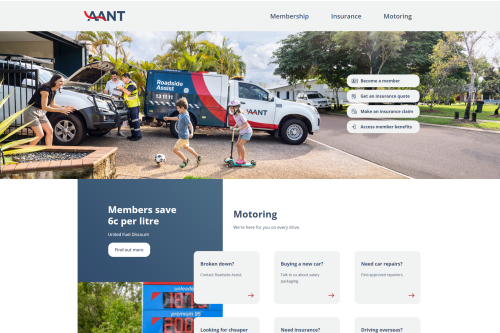
As electric vehicle (EV) adoption accelerates throughout Australia, we delve into the charging infrastructure of the Northern Territory. Currently, there are 70 EV chargers distributed across the territory including 8 High Power Stations and 62 Public stations.
Recently, three fresh electric vehicle (EV) charging stations have commenced operations in the Northern Territory – situated in Katherine, Tennant Creek, and Alice Springs. This initiative is part of a significant collaboration valued at $78.6 million between the Federal Government and NRMA, aimed at establishing a nationwide network of EV fast-charging facilities.
These newly established sites not only bridge existing gaps in charging infrastructure but also link some of Australia’s most remote regions with eco-friendly and cost-effective transportation technology. They constitute a portion of the planned 16 fast-charging locations across the NT under this program.
Upon the completion of the NT charger deployment, EV drivers will be able to traverse the nearly 3000km journey from Darwin to South Australia securely.
For those contemplating the switch to an EV, finding charging stations in the Northern Territory has never been easier, thanks to resources like the Electric Vehicle Council (EVC) website.
The EVC's comprehensive guide provides a directory of public charging stations and high-power stations, including prominent locations such as the Darwin Waterfront and Darwin Airport. The guide details three main types of EV chargers:
Level 1 / Mode 2: Suitable for standalone domestic homes, this charger adds between 10 and 20km of range per hour plugged in.
Level 2 / Mode 3: Found in various locations such as homes, workplaces, and shopping centres, this charger adds 40 to 100km of range per hour, making it suitable for daily use and overnight charging.
Level 3 / Mode 4: Typically installed in commercial premises and roadside locations, this high-powered DC charger can add up to 150km of range per hour at the lower end and fully recharge some EVs in just 10 to 15 minutes at the upper end.
For those venturing beyond metropolitan areas, the question of whether fast charging stations are available in regional parts of Australia has been addressed. Government initiatives, private investment, and partnerships are driving the rollout of fast charging stations in regional areas. The NRMA, for instance, has received government funding to create 130 fast charging sites across the national highway network, connecting regional communities to accessible EV chargers.
Planning a road trip with an EV has become more accessible, with tools like the PlugShare app providing real-time information on charger types and locations. Members of the EVC can also assist local governments and businesses in installing charging infrastructure.
As the charging infrastructure continues to expand, concerns about whether EV drivers can use public charging stations from different providers with one account are being addressed. While different providers may require separate apps, new chargers are obligated to offer pay-as-you-go access, allowing users to pay directly through various means.
The EVC is confident that Australia's national network of public charging infrastructure will continue to grow, with over 80% of charging taking place at home or work. The organisation projects that the vast majority of Australia will have access to public EV charging infrastructure before 2030.
In alignment with the broader trends observed globally, Australia's transport systems are rapidly transforming, with electric vehicles (EVs) playing a prominent role. Despite a relatively slower uptake compared to other countries, Australia is poised for a significant acceleration in EV adoption in the coming years. In fact, there was a remarkable 200 per cent jump in Australian EV sales in 2019, with 6,718 EVs sold, up from 2,216 in 2018. The Northern Territory, while experiencing modest numbers initially, is witnessing a steady increase in EV ownership, showcasing the region's readiness to embrace sustainable transportation solutions.
Recognising the potential economic and environmental benefits of EVs, the Northern Territory Government has explored various avenues to support their uptake. This includes the development of the Electric Vehicle Strategy and Implementation Plan tailored to the unique challenges and opportunities presented by the region. With a focus on addressing concerns such as vehicle costs, charging infrastructure, knowledge dissemination, and consumer information, the government aims to create an enabling environment for EV adoption across the territory.
To stay updated on the rapidly expanding network of EV charging stations, individuals are encouraged to utilize tools like PlugShare and refer to the EVC's annual State of EVs report for the latest statistics and insights.
For more information and to explore the electric future, visit the Electric Vehicle Council's website.




